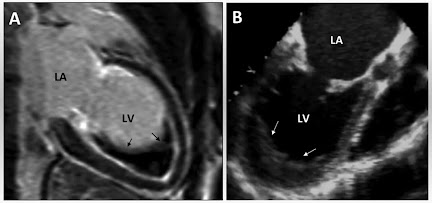Bronchiectasis
Definition : Bronchiectasis is the abnormal irreversible dilatation of the bronchi and bronchioles (greater than 2 mm in diameter) developing secondary to inflammatory weakening of the bronchial walls.
Etiopathogenesis :
1. Endobronchial obstruction by -
i. Foreign body.
ii. Neoplastic growth or enlarged lymph nodes - that cause atelectasis (partial or complete collapse of the lungs) and retention of secretions.
iii. Endobronchial tumours.
iv. Post-inflammatory scarring i.e. healed tuberculosis.
v. Tuberculosis.
2. Infection by
i. Secondary to local obstruction.
ii. Impaired defense mechanism.
iii. It may be developing in suppurative necrotising pneumonia.
3. Hereditary and congenital factors -
i. Congenital bronchiectasis caused by developmental defect of the bronchial system.
ii. Cystic fibrosis, a generalised defect of exocrine gland secretions, results in obstruction, infection and bronchiectasis.
iii. Hereditary immune deficiency disease.
iv. Immotile cilia syndrome, that includes Kartagener's syndrome ( bronchiectasis, situs inversus and sinusitis), immotility of cilia of the respiratory tract epithelium, sperm and other cells. Males in this syndrome are often infertile.
v. Atopic bronchial asthma.
Morphologic Features : The disease affects distal bronchi and bronchioles to segmental bronchi.
Grossly :
i. Lungs may be involved diffusely or segmentally.
ii. Most frequent bilateral involvement of the lower lobes.
iii. Vertical air passages of lower lobe of the left lung are more often involve than the right.
iv. Pleura is usually thickened, fibrotic and adhere with the chest wall.
v. The dilated airways, depending upon their growth or bronchographic appearance are-
- Cylindrical : tube-like bronchial dilatation.
- Fusiform : spindle shaped bronchial dilatation.
- Saccular : rounded sac-like bronchial distension.
- Varicose : irregular bronchial enlargements.
 |
| Types of bronchial dilatation |
vii. The bronchi are extensively dilated nearly to the pleura, bronchial walls are thickened and lumina are filled with mucus or mucopus.
viii. Intervening lung parenchyma is reduced and fibrotic.
Microscopically : in fully developed cases-
i. The bronchial epithelium may be normal, ulcerated or may squamous metaplasia.
ii. The bronchial wall shows infiltration (acute/chronic) and destruction of normal muscles and elastic tissue with replacement by fibrosis.
iii. The intervening lung parenchyma shows fibrosis, while the surrounding lung tissue shows changes of interstitial pneumonia.
iv. Adherent pleura shows fibrous band between the bronchus and the pleura.
Clinical Features :
i. Chronic cough with foul smelling sputum.
ii. Haemoptysis (coughing up blood).
iii. Recurrent pneumonia.
iv. Sinusitis (inflammation of nasal sinuses).
Complications :
i. Development of the clubbing of the fingers.
ii. Metastatic abscesses ( often to the brain)
iii. Amyloidosis ( a disorder marked by deposition of amyloid in the body).
iv. Cor pulmonale ( abnormal enlargement right side of the heart).







No comments:
Post a Comment
Please do not enter any spam link in the comment box